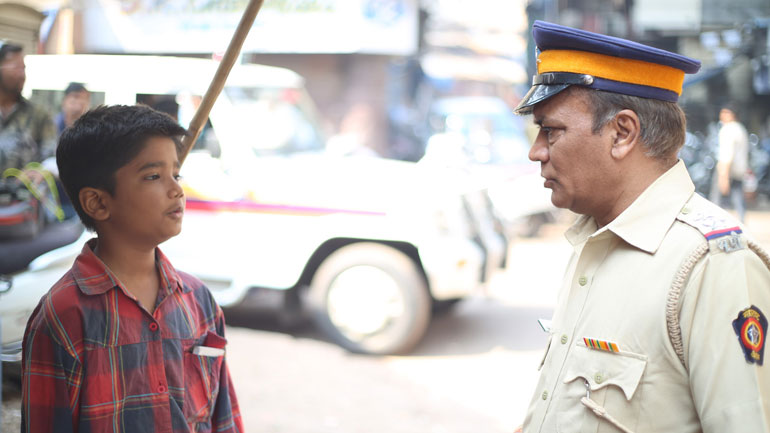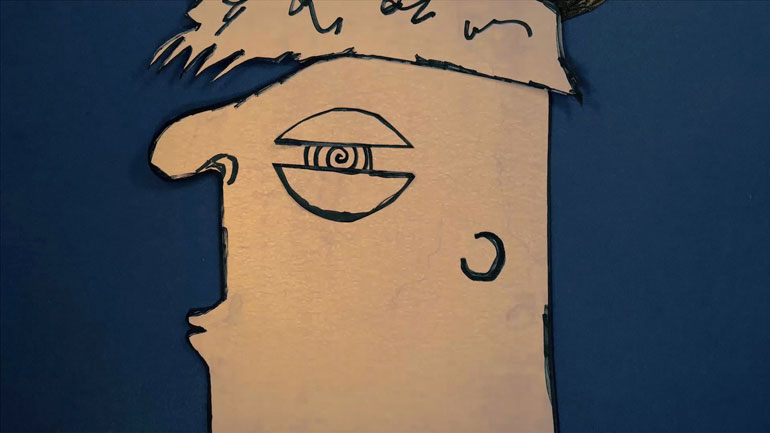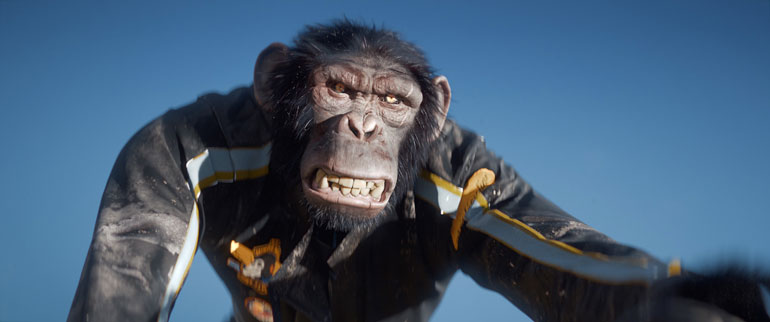It’s a sad fact that millions of children must work in order to survive. Baitullah is about once such laborer, a young boy in Mumbai who delivers tea for a street-side chai wallah. The boy’s name gives the film its title, but the term also means “house of God,” which is also used to refer to any mosque.
 |
| The young protagonist of Baitullah meets the law |
The work is a very cinematic experience, as in addition to the lovely cinematography, the film is mostly wordless until the very end. Through the boy’s eyes we see the vibrant streets of Mumbai, packed with a wide variety of people living their lives. It’s notable that the film illustrates the fusion of Muslim and Hindu culture present within the busy metropolis, and the audio track begins with a muzzein’s call to prayer.
Director Jitendra Rai has worked with theatre community in Mumbai for many years, and gives theatre workshops for children. He has also worked extensively with NGOs that focus on children’s issues. Given this background, it makes perfect sense that Rai would make a film that calls attention to child labor.
The film hints at a million stories beyond the brief slice of life that we see, and gives you an inside look into the daily rhythms of an Indian city. Its documentary feel marks it as the modern offspring of Indian cinema’s long history of social realism, which started in the the silent era, and was epitomized by filmmakers of the Indian Parallel Cinema movement, which emerged as an alternative to mainstream Bollywood films. This fruitful era, from the mid-1940s to the mid-1960s and part of the “Golden Age” of Indian cinema, gave us the work of world-class directors like Satyajit Ray and Bimal Roy, and was a precursor to the Indian New Wave of the 1960s.
You can see this marvelous work in Shorts for 7+: Program 2, only at BAICFF 2020.





